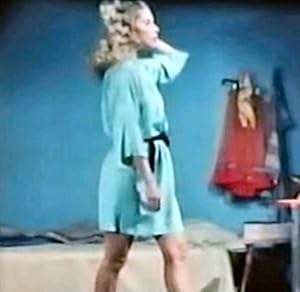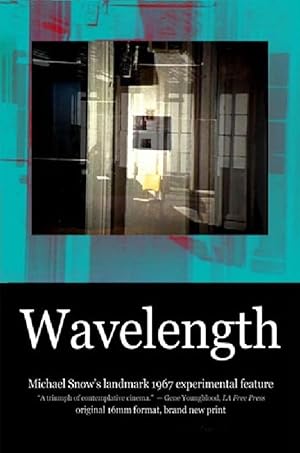Movies by Michael Snow
Welcome to our dedicated selection of films directed by Michael Snow. Here, you can explore a diverse range of works that highlight Michael Snow’s unique vision, storytelling style, and contribution to the world of cinema. Whether you’re an avid fan or discovering Michael snow’s filmography for the first time, this collection will guide you through critically acclaimed masterpieces, hidden gems, and influential titles that have shaped the director’s legacy.
WVLNT (2003)
0
A shorter, significantly altered version of Wavelength (1967), where the original film is overlayed upon itself.
Presents (1981)
0
The apparent vertical scratch in celluloid that opens Presents literally opens into a film within the film. When its figure awakens into a woman in a 'real' unreal set, the slapstick satire of structural film begins. It is not the camera that moves, but the whole set, in this first of three material 'investigations' of camera movement. In the second, the camera literally invades the set; a plexiglass sheet in front of the dolly crushes everything in its sight as it zooms through space. Finally, this monster of formalism pushes through the wall of the set and the film cuts to a series of rapidly edited shots as the camera zigzags over lines
Wavelength (1967)
0
Wavelength consists of almost no action, and what action does occur is largely elided. If the film could be said to have a conventional plot, this would presumably refer to the three “character” scenes. In the first scene two people enter a room, chat briefly, and listen to “Strawberry Fields Forever” on the radio. Later, a man (played by filmmaker Hollis Frampton) enters inexplicably and dies on the floor. And last, the female owner of the apartment is heard and seen on the phone, speaking, with strange calm, about the dead man in her apartment whom she has never seen before.


